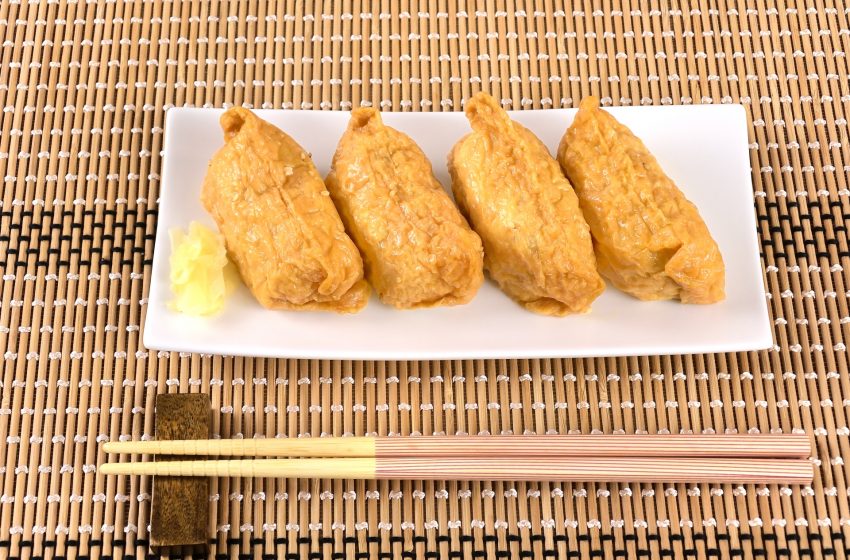
Inari Sushi: A Sweet and Savory Delight from Japan
Greetings, culinary explorers and aficionados of Japanese gastronomy! Today, let’s delve into the delicious world of Inari Sushi, a unique and beloved dish that offers a delightful glimpse into the versatility of Japanese cuisine. Unlike the more globally recognized sushi rolls or nigiri, Inari Sushi brings together simplicity, sweetness, and a deep-rooted cultural significance that resonates with every bite.
What is Inari Sushi?
Inari Sushi, also known as Inarizushi, is a simple yet flavorful type of sushi that consists of sushi rice tucked into pockets of seasoned, deep-fried tofu called “aburaage.” These tofu pockets are simmered in a mixture of soy sauce, sugar, mirin, and dashi, which imbues them with a delightful sweetness and a savory depth. The result is a contrasting combination that perfectly complements the slight tang and sweetness of the vinegared rice.
The Story Behind the Name
Inari Sushi is named after Inari, the Shinto god of rice, fertility, and agriculture. Inari is often depicted with foxes, believed to be the deity’s messengers, who are fond of fried tofu. This connection has made Inari Sushi a common offering at Inari shrines across Japan, symbolizing a link between the divine, the natural world, and the culinary traditions that celebrate them.
Cultural and Culinary Significance
Inari Sushi holds a special place in Japanese culinary tradition, often served during celebrations, festivals, and as a popular bento box component due to its portability and non-perishable nature. Its simplicity and the absence of raw fish make it a favorite among children and adults alike, offering a vegetarian-friendly option that still provides the essence of sushi’s appeal.
Variations and Customizations
While the classic Inari Sushi is loved for its traditional taste, there are numerous variations that incorporate additional ingredients like sesame seeds, grated carrots, or even bits of pickled ginger into the rice for an extra flavor kick. Some regions and chefs might also include sushi fillings like avocado, cucumber, or cooked egg within the rice, making each Inari Sushi pocket a small treasure trove of tastes and textures.
Making Inari Sushi at Home
One of the joys of Inari Sushi is its simplicity in preparation, making it an accessible dish for those looking to recreate the flavors of Japan in their own kitchens. The key lies in the preparation of the aburaage, which must be carefully simmered to achieve the perfect balance of sweetness and savoriness, before being filled with seasoned sushi rice. The process is both meditative and rewarding, offering a delicious way to connect with Japanese culinary traditions.
Conclusion: A Taste of Japan’s Culinary Diversity
Inari Sushi exemplifies the creativity and depth of Japanese cuisine, offering a dish that is as satisfying to make as it is to eat. Whether enjoyed in a shrine’s serene surroundings, as part of a festive meal, or simply as a comforting snack, Inari Sushi is a testament to the enduring appeal of Japanese flavors and the cultural narratives they carry.
So, next time you’re exploring the rich tapestry of Japanese cuisine, don’t miss the chance to savor Inari Sushi—a sweet and savory delight that captures the essence of Japan’s culinary heritage.




